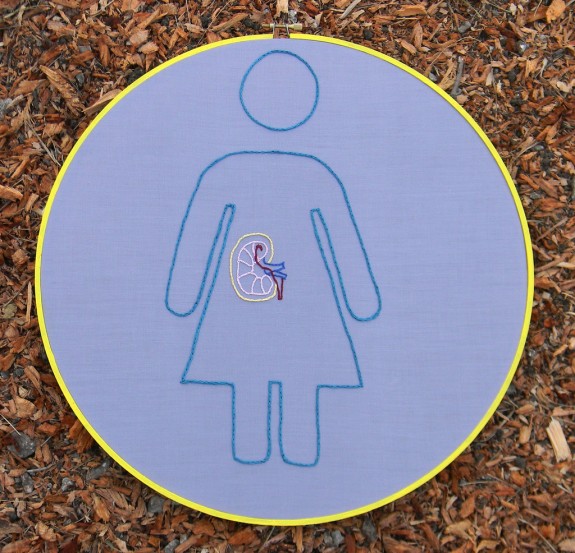Nobel Economists Looked at Finding The Best Deals When You Can’t Use Money
Two Americans explain how to best bring groups together

One repercussion of this year’s Nobel Economics prize-winning work has been to improve organ-donor pairing. Photo: Hey Paul Studios
When you consider the field of economics, you may think of using money as a basis on which to trade time and things. But some systems operate outside the realm of money, yet may still be explained by economic principles. The Nobel Memorial Prize in Economic Sciences went this year to two American researchers who worked on the problem of matching up groups—students to schools, doctors to hospitals—when money can’t be used as an arbiter.
“For example,” says the Royal Swedish Academy of Sciences, “many schools and universities are prevented from charging tuition fees and, in the case of human organs for transplants, monetary payments are ruled out on ethical grounds. Yet, in these – and many other – cases, an allocation has to be made. How do such processes actually work, and when is the outcome efficient?”
Alvin Roth, a Stanford professor and blogger, says Dylan Matthews for the Washington Post, “is an expert at “market design,” or the creation of matching systems or other mechanisms in situations in which normal markets are, for whatever reason, impracticable.”
Paired with the work of Lloyd Shapley, a game-theoretician, the two broke new ground in exploring and explaining how stable, cooperative systems can be built. Ironically, Roth and Shapley never actually worked together directly. Rather, says the Associated Press:
Shapley made early theoretical inroads into the subject, using game theory to analyze different matching methods in the 1950s and ’60s.
…Roth took it further by applying it to the market for U.S. doctors in the ’90s.
Joshua Gans for Digitopoly explains how it works:
The easiest way to describe this is to consider the market for marriage. Nowadays we can consider this as a market without prices (well at least not ex ante prices) but a market nonetheless as there are only a certain number of ways you can match equal numbers of men and women. As it turns out, if you imagined the market as organised — something that surely takes a ton of imagination — you might consider each side ranking the people they would like to marry of the other gender in the population. Then the algorithm would pick one side, say, women, and give them their preferences first. If several women ranked the same man as No.1, then the men’s preferences would come into play. Without going into full details, this simple procedure led to three things. First, the matching outcome was stable in that you could not find individual pairs of men and women who were not married to one another who would prefer to be so over their matched partners. Second, and related, the outcome was Pareto optimal in that there was no other stable allocation where everyone could be made better off. Finally, whichever side got to propose first (say, the women in my discussion above) got, loosely, the better deal.
These same concepts, of pairing groups of things together, says Gans, have been applied to all sorts of issues: such as putting college roommates together, organizing staff layouts or even pairing up organ donors.
Roth, says Gans, “is an economic theorist who hasn’t just made things more efficient. He has actually saved lives. It is unclear whether it is the economics Nobel he deserved or the Nobel prize for medicine.”
More from Smithsonian.com:
Being Selfish Is a Winning Life Strategy, For a While
Sounding Smart with SmartNews: Your Cheat Sheet to the Nobels
/https://tf-cmsv2-smithsonianmag-media.s3.amazonaws.com/accounts/headshot/smartnews-colin-schultz-240.jpg)
/https://tf-cmsv2-smithsonianmag-media.s3.amazonaws.com/accounts/headshot/smartnews-colin-schultz-240.jpg)